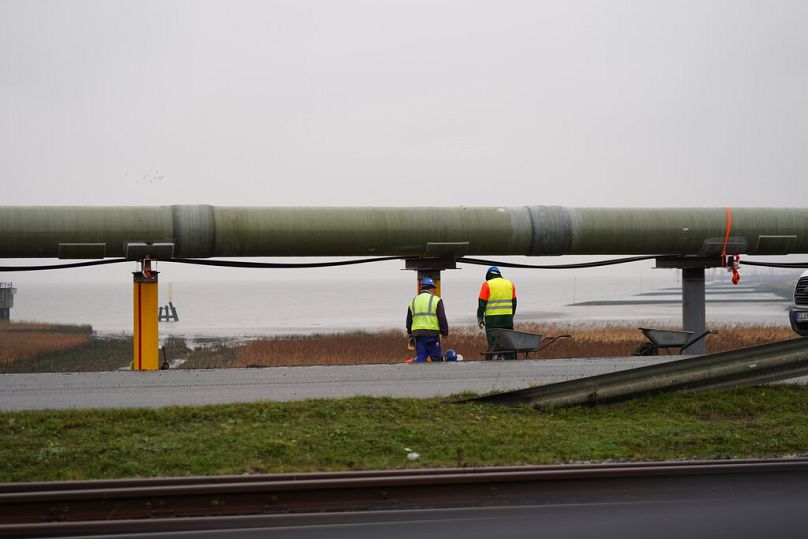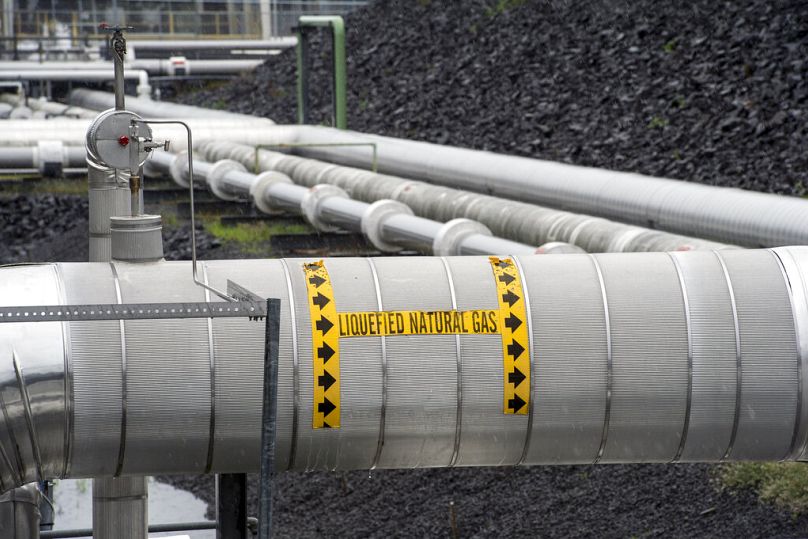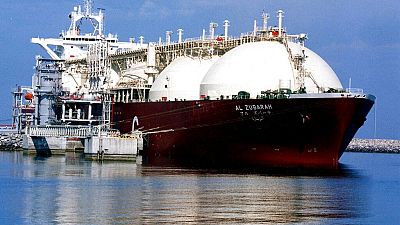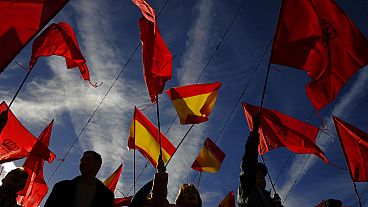Europe's reliance on Russian gas was challenged in the aftermath of Moscow's full-scale invasion of Ukraine. Afterwards, the continent turned to the US as it became the largest supplier of LNG, Osama Rizvi writes.
As recent developments have shown, it's no wonder many are saying that Europe might have just traded one risk for another through its increased reliance on the US for its liquified natural gas supply.
In fact, liquified gas from Europe's transatlantic neighbour constituted almost half of the continent's LNG imports in 2023.
In many ways, this is hardly surprising, given that LNG is Washington DC's baby.
The US pioneered the process of chilling natural gas to -124.4Cmaking the liquid natural gas occupy 600 times less space than its original form at a commercial scale.
Due to an increasing energy deficit, US LNG imports began to surge in the 1990s, so much so that Deutsche Bank predicted in 2004 that the country would surpass Japan to become the largest importer of LNG by 2015.
The reality, however, couldn't be more different. The technological improvements because of horizontal drilling and hydraulic fracking gave the shale producers a chance to tap into the shale reserves deeper in the earth.
By the mid-2000s, LNG imports to the US had peaked and later began declining. The US also changed the way business was conducted in LNG markets through provisions such as selling LNG directly from the port, linking prices to Henry Hub and lowering penalties in the case of cancelling shipments. As a result, buyers turned to the US en masse.
Fast forward to 2023, and the US had become the largest exporter of LNG, ahead of Australia and Qatar.
What is happening in the US?
Under President Biden's administration, the US has green-lit several LNG projects including Calcasieu Pass 2 (CP2), the biggest terminal in Louisiana.
However, on 26 January, Biden stopped the approval of new licenses as the Department of Energy (DoE) decided to consider the impact shipping LNG would have on climate change.
The LNG permit freeze has stopped the development of about 13 billion cubic feet per day (bcfd) although the current projects will not be affected. The US currently has five major export terminals under construction which will double its capacity by 2030.
The freeze is expected to last at least until the elections.
The move is mainly to do with environmental concerns regarding emissions relating to LNG.
The CP2 project has become the next Keystone XL as climate activities demand Biden fulfil his 2020 election promises, one of which was to halt or reduce the oil and gas development.
Earlier in January, activists had warned of a three-day sit from 6-8 February at the DoE's headquarters in Washington if he went back on his promises.
The need to liquify and then transport LNG makes it a highly energy-intensive process.
"Once you factor in all the methane that escapes along the entire supply chain — from the well to the ultimate point of end use — by some estimates, LNG is even worse for the climate than coal," according to US environmental journalist Nicole Pollack.
Shifts in the new energy world order to impact Europe
"Gas addicted Europe trades one energy risk for another," said a recent headline, capturing the essence of the conundrum European policymakers face.
The debate assumes further importance because it concerns the energy security of European nations which now seem to be dependent on events and developments thousands of miles away.
For consumers, it could mean another surge in energy costs as most of Europe's LNG supply is priced through the spot market, in contrast to Asian buyers who use long-term contracts.
If there is a surge in demand from Asia or a reduction in nuclear energy production in Japan, LNG prices could go up, driving energy bills higher for consumers in Europe.
The repercussions extend to businesses as well. For example, the chemical industry in Germany has been facing recessionary pressures because of the loss of cheaper Russian gas.
The Eurogas association has raised concerns that Europe will require more gas from the US than it can produce from its current capacity.
Even though gas exports from the US have increased from 1.9 bcfd in 2021 to 5.8 bcfd in 2023, it's still not enough to completely replace Europe's Russian gas imports.
All of this can be seen as a reshuffling of the new energy world order where the molecules are being shifted from one point to another, with producers finding new markets and shedding the old ones.
As long as there are only disturbances and changes to the flow of molecules the world can afford it.
However, if there is a disruption, it could result in another global energy crisis — the last thing we need given that we still haven't recovered from the previous one.
Osama Rizvi is an economic and energy analyst with a focus on commodities, macroeconomy, geopolitics, and climate change.
At Euronews, we believe all views matter. Contact us at view@euronews.com to send pitches or submissions and be part of the conversation.





